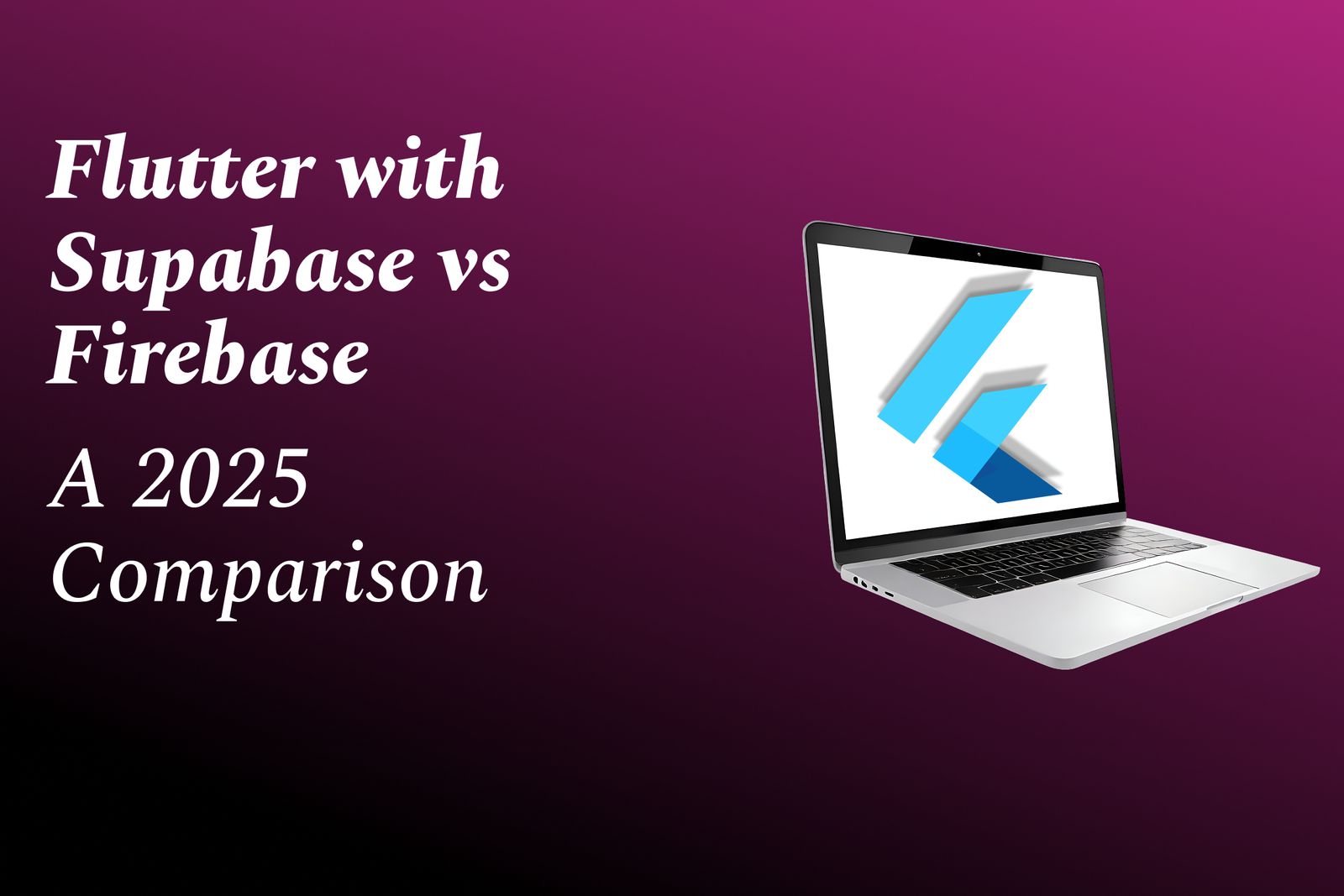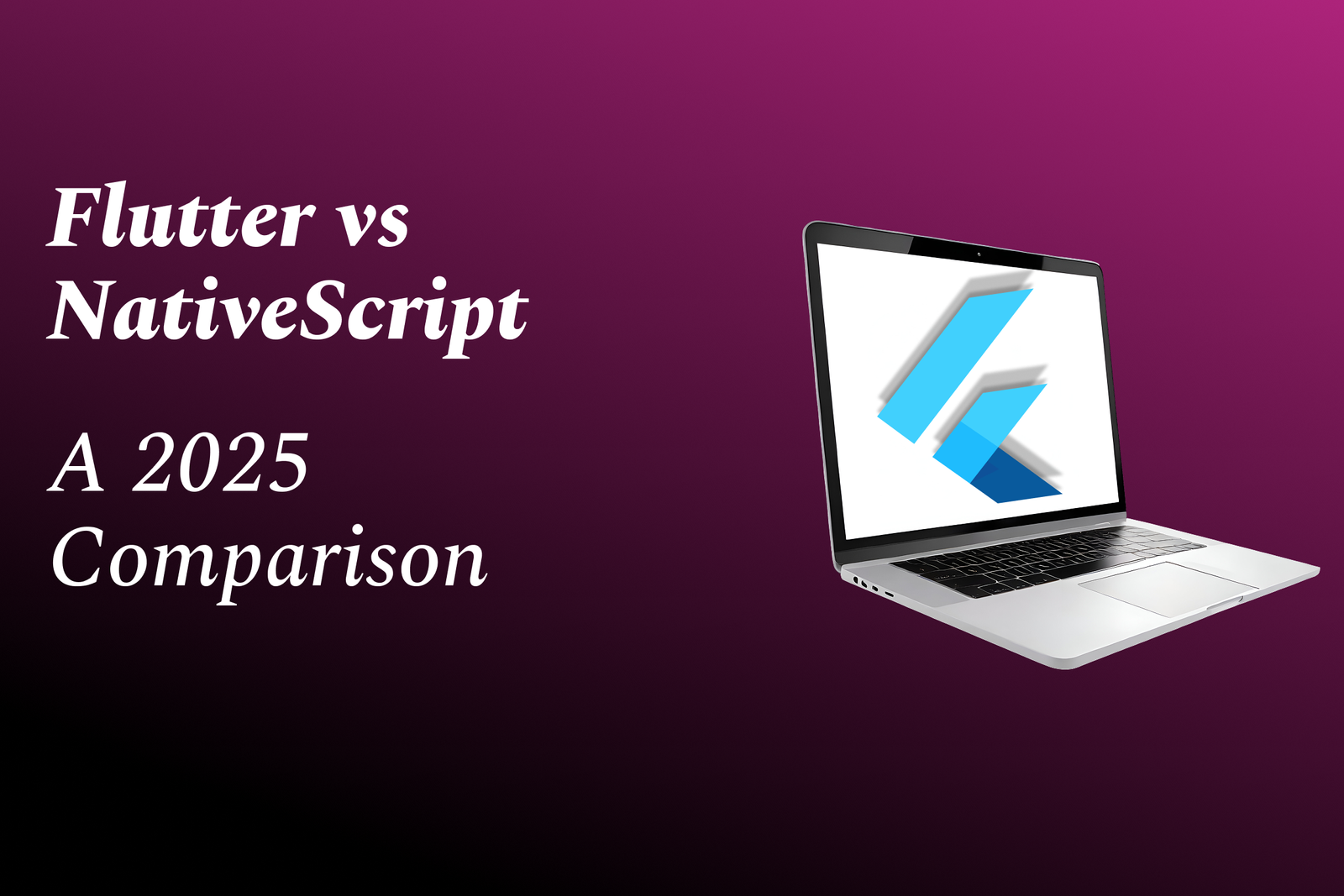Difference between XPath and CSS
Comparing Xpath and CSS Selectors for Web Scraping
Difference between XPath and CSS
XPath and CSS are two different methods for locating and selecting elements on a web page. XPath uses the XML path language to navigate through the HTML structure and locate elements based on attributes, hierarchy, and relationships. CSS, on the other hand, stands for Cascading Style Sheets and is primarily used for styling web pages, but it can also be used for selecting elements based on classes, IDs, attributes, and relationships. In general, XPath is more powerful and flexible in terms of the elements that can be selected, but CSS is simpler and more concise for basic selections. Both methods have their strengths and weaknesses, and the choice between them depends on the specific requirements of the web scraping or automated testing task at hand.
To Download Our Brochure: https://www.justacademy.co/download-brochure-for-free
Message us for more information: +91 9987184296
1 - Xpath and CSS are both used to locate elements on a web page for automation testing purposes.
2) Xpath stands for XML Path Language, whereas CSS stands for Cascading Style Sheets.
3) Xpath locates elements based on their hierarchical structure in the HTML document, while CSS locates elements based on their styling properties.
4) Xpath uses path expressions to navigate through the HTML structure, while CSS uses selectors to target elements based on classes, IDs, attributes, etc.
5) Xpath can be complex and hard to read due to its specific syntax, while CSS is often simpler and more intuitive for selecting elements.
6) Xpath offers more flexibility in targeting elements, allowing for more precise and complex locators, while CSS is more limited in its capabilities.
7) Xpath is commonly used for locating elements that cannot be easily targeted using CSS, such as locating elements based on text content or position in the DOM.
8) CSS selectors are generally faster in performance compared to Xpath expressions for locating elements.
9) Xpath is preferred in cases where the structure of the HTML document is likely to change frequently, as it offers more robust and adaptable locators.
10) CSS selectors are often more concise and can be written with shorter syntax compared to Xpath, making them easier to write and maintain.
11) Both Xpath and CSS can be used in automation testing tools like Selenium for locating elements and performing actions on them.
12) Understanding Xpath is essential for advanced web scraping tasks, as it allows for precise element targeting across various websites.
13) CSS selectors are widely used in front end development for styling HTML elements, making them a valuable skill for web designers and developers.
14) Xpath expressions can be customized to locate elements based on various attributes like text content, parent child relationships, sibling elements, etc.
15) CSS selectors provide a more visual approach to selecting elements on a web page, allowing for quick identification and styling of specific elements.
By offering a comprehensive training program covering both Xpath and CSS, students can enhance their automation testing skills, improve their web development proficiency, and gain a deeper understanding of element manipulation on the web. This comprehensive training will equip students with the knowledge and expertise needed to excel in both automated testing and front end development roles.
Browse our course links : https://www.justacademy.co/all-courses
To Join our FREE DEMO Session: Click Here
Contact Us for more info:
REAL TIME PROJECT IN ANDROID
Java Most Important Interview Questions 2024
Flutter Training in Vizianagaram
Cheapest Online iOS Training Institutes in Kochi











